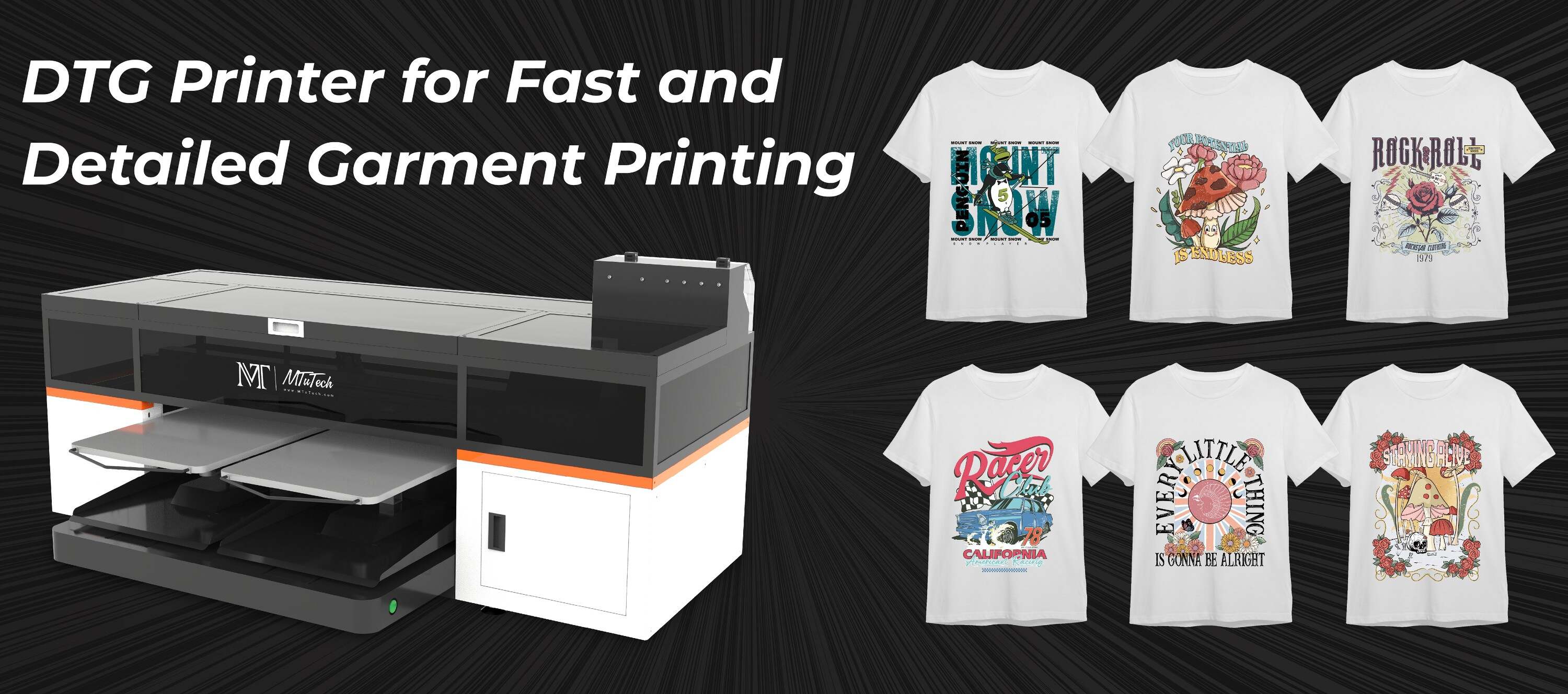 DTG Printing vs. Heat Transfer: Which Yields Better Quality?
DTG Printing vs. Heat Transfer: Which Yields Better Quality?
When it comes to the business of personalized and custom T-shirt printing, the debate is usually between two popular methods: Direct-to-Garment (DTG) and Heat Transfer printing. While they are similar in many ways, their differences often make them ideal for separate scenarios. So, which method yields better quality? This in-depth comparison will dive into each method's benefits, features, and ultimately, the quality of the output.
Introduction
Before delving into the technical details, it's essential to understand what DTG and heat transfer printing are at their core. DTG is a printing technique where the ink is applied directly onto the garment material, similar to how an inkjet printer works on paper. Heat transfer, on the other hand, works by transferring a design from a special type of paper onto the garment using heat and pressure.
Benefits of DTG and Heat Transfer
Benefits of DTG Printing
·
Color Variety: DTG printing is known for its wide color gamut, allowing for a multitude of shades and gradients. It's perfect for intricate designs and detailed graphics.
·
·
Low Setup Cost: The lack of setup costs for bulk orders is another appealing benefit of DTG printing. Unlike other printing methods, there are no plates or screens to prepare.
·
·
Speed: Since the process is straightforward and automated, DTG printing can achieve quicker turnaround times, depending on the complexity of the design.
·
Benefits of Heat Transfer
·
Durability: Heat transfer designs are typically vivid and durable. The colors don't easily fade, even after multiple washes.
·
·
Versatility: Heat transfers work with a variety of materials, not just cotton. They can also easily handle complex and multi-colored designs.
·
·
Ease of use: The heat transfer process is straightforward, making it ideal for hobbyists and small businesses.
·
Features of DTG and Heat Transfer
DTG Printing Features
DGT printers, like the high-quality ones offered here, work by directly spraying specialized ink onto the garment material and then curing it using heat. The result is a design that's well integrated into the fabric—making the design feel "part of" the shirt and not just "on top" of it. It excels at producing photographic and high-detail color prints.
Heat Transfer Features
Heat transfers use a special heat-sensitive paper to print the design. The design is then placed onto the garment and a heat press is used to transfer it. The result is a design that sits atop the garment. This method works best for designs with solid colors and is ideal for simpler designs and smaller quantities.
Conclusion: Which Yields Better Quality?
The answer to this depends on what you define as 'quality'. If you prioritize durability, versatility, and the feel of the print, heat transfer might be the right option. However, if you value color variety, print resolution, and the overall integration of the design into the fabric, then DTG printing might be more suitable.
It's always worth doing a bit of market research, understanding your needs, and testing different methods before settling on one. Both methods have their pros and cons, and the choice often comes down to the type of designs you want to print, the quantity, and your budget.
FAQ Section
What is DTG Printing?
DTG, or Direct-to-Garment printing, is a technique in which a printer applies ink directly onto the garment, similar to how an inkjet printer works on paper.
What is Heat Transfer Printing?
Heat Transfer Printing is a method where a design is printed onto a special type of paper and then transferred onto the garment using heat and pressure.
Does DTG last as long as screen printing?
With proper garment care, DTG prints can last as long as screen prints. The longevity of the print can depend on a variety of factors including the quality of the ink, the material of the garment, and how the garment is washed and dried.
Is Heat Transfer better for small batches?
Yes, heat transfer printing is often recommended for small quantities or individual pieces due to its low setup costs. This method is also ideal for last-minute orders or printing complex designs with many colors.
